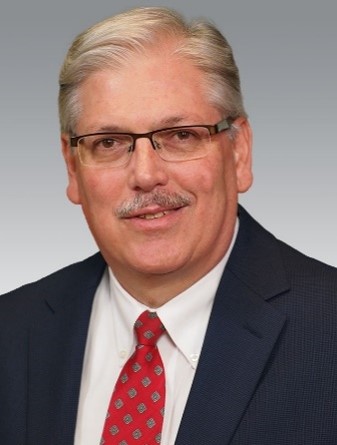As a business developer in this industry, you are selling solutions. Your customers will want to know several things about you, your company, and your products and/or services before buying from you. Spending time on the logical reasons to buy from you (e.g., product and service descriptions, credentials, case studies, comparisons, pricing, warranties, etc.) will only get you so far, especially if it is a prospect. Ultimately, you will need to connect with their emotional reasons to buy in the first place and demonstrate they can trust you and your organization to help them achieve what they want and why they want it.
As you build that trust one kept promise at a time, you may find your customer starts asking you for advice about other things, and some of them will be outside of what you or your organization can directly deliver. In these situations, referring your customer to a trusted partner, valuable data source, research report, etc., adds value and demonstrates your genuine interest in helping them. You will know that you are on the path to becoming one of their trusted advisors when your customer starts proactively sharing their plans, asks for your advice on broad topics, and starts using you as a sounding board.
So, why become a trusted advisor and how does that help you with business development? Becoming a trusted advisor has many benefits, including:
- Increases your knowledge of the customer - In-depth knowledge of their business models, vision, strategies, and plans
- Enables your organization to add more value as a “Stewards” and positions cross-selling opportunities. When a customer knows our primary objective is to “be good stewards and to serve them” (to help them be successful while mitigating risks and optimizing resources), they begin thinking of you as a “partner” not just another “vendor”
- Provides visibility (the “High Ground”) to future opportunities that you can begin qualifying and positioning for long before your competitors (and to pick and choose those opportunities where you can make the biggest difference)
- Opens the door to helpful feedback on your company’s products, services, and value propositions (to shape your thinking)
- Facilitates expansion of your industry segment footprint through referrals, partnerships, and potential acquisitions targets
The “S” in SERVE stands for “Start with what and why."
- Start by asking open-ended questions to get at what they “Want” and “Why”, and listen carefully (you may hear a multi-layered response – something they want for their company, for their department, for their career, etc.)
- They may not be able to fully articulate what they want; you may need to ask follow-up questions and help them frame their “wants” (use their words as much as possible)
- Be sure to get at what is behind the “wants” –> the “Why’s”
- While discussing the “Why’s”, ask questions like “what does success look and feel like” (after the project, activity, initiative, implementation, etc., has completed)
- You need to be both an active and empathetic listener to hear all the wants and why’s (head and heart)
The second part of this article, to be published next month, will cover the remaining aspects of SERVE, and provide some helpful tips and techniques for managing and enhancing the relationship building journey. Until then, be good listeners.

About the Author:
Fred has more than 30 years of experience in executive leadership and coaching, business strategy development, mergers and acquisitions, organizational effectiveness, and talent strategy development. Before joining Segal, he was a VP for four prominent HR Consulting, Business Process Outsourcing and Management Consulting firms, a Managing Director of ERP Services and Emerging Technologies for a professional services company, a Business Transformation Program Manager for a steel manufacturing company, and a Product Development Manager for a commercial software company.
His accomplishments include managing the integration and synergies for three large M&A's, transforming HR for six global organizations, architecting more than 200 outsourcing and shared services solutions, designing and deploying several cloud based solutions, and implemented a groundbreaking process manufacturing scheduling system based on complex algorithms, analytics and artificial intelligence.